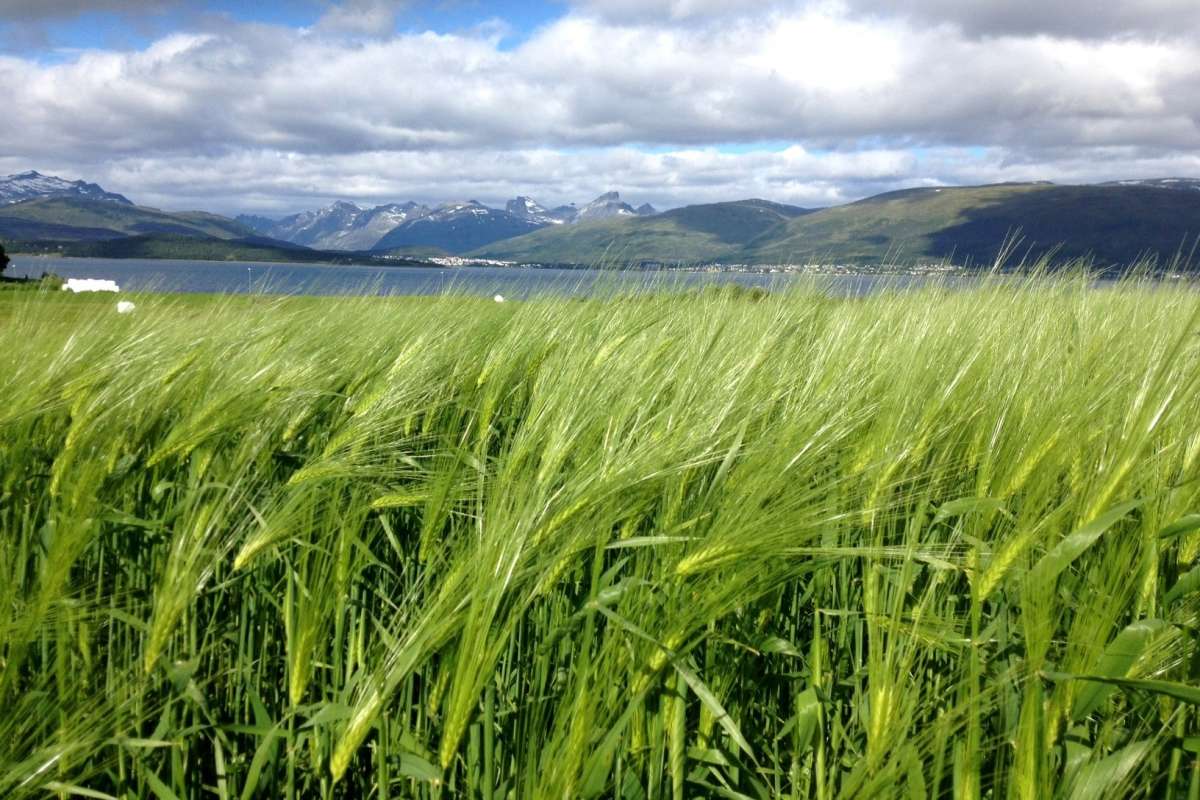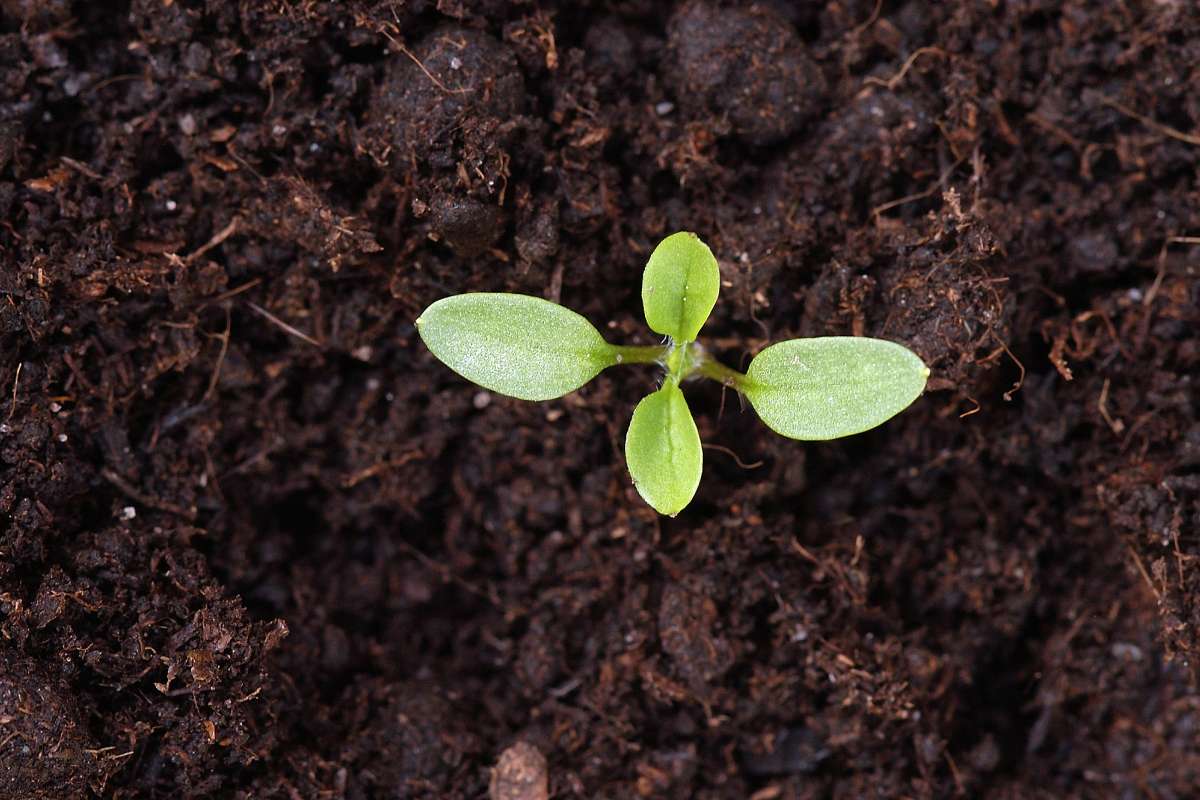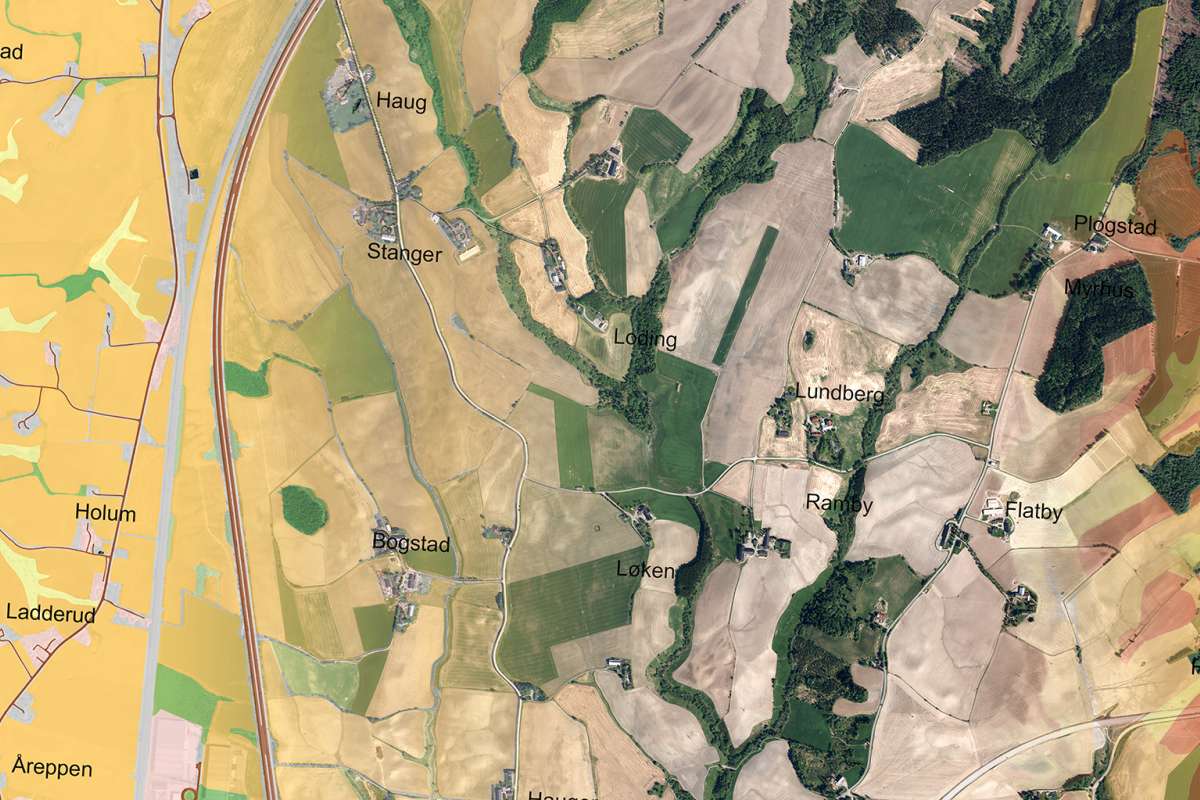Climate measures in plant production
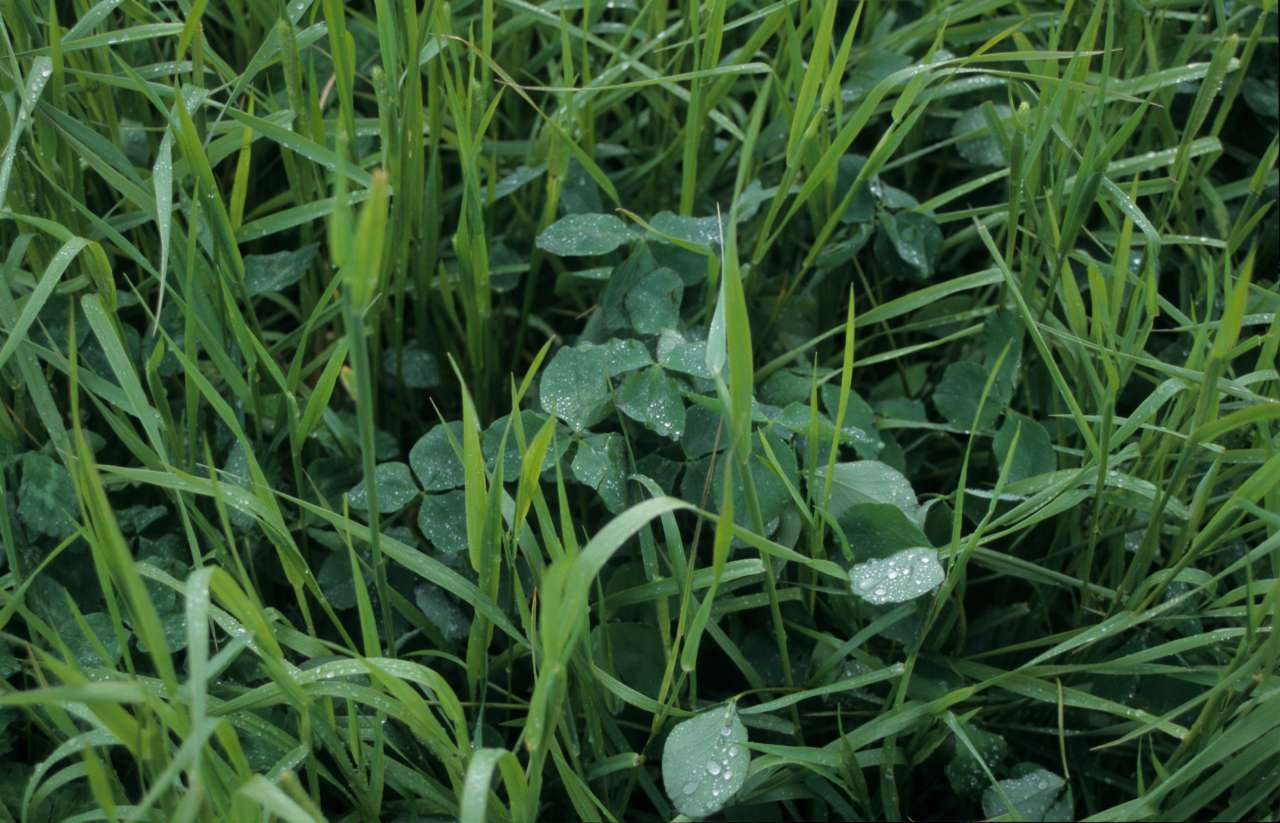
If today's area of intensively cultivated grassland gets 20-40 percent inclusion of clover, it will have an effect of 13,000 tons of CO2 equivalents per year. Photo: Svein Skøyen
The climate is changing, we are becoming more numerous and must produce more food and feed. At the same time, we need to reduce greenhouse gas emissions and increase carbon storage in the soil. This is the topic of a recently completed project that has looked at specific measures to reduce greenhouse gas emissions from agriculture.
mAgricultural industry organizations have entered into a voluntary agreement with the Norwegian Government to reduce agriculture's greenhouse gas emissions and increase carbon sequestration in soil. From 2021 to 2030, emissions will be reduced equivalent to five million tons of CO2 equivalents. NIBIO, NMBU and the Norwegian Farmers' Union have in a project financed by "Research funds for agriculture and the food industry", explored measures in plant production, livestock production and a report that looks at synergies between climate measures, climate risk and food security. Together, these provide an updated knowledge base on climate measures in plant and livestock production.
The project emphasizes that climate measures in agriculture must be seen in conjunction with measures for climate adaptation, climate risk and food security. Such overall assessments are often lacking when the effects of individual measures are considered.
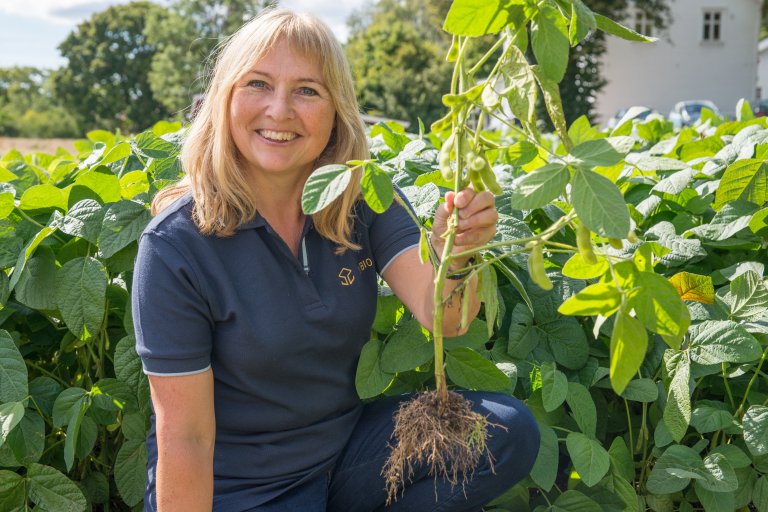
Choice of measures
The researchers have evaluated measures that are relevant within the different productions. For plant production, a number of measures are highlighted: such as drainage, change in fertilization practice, liming, precision agriculture, use of biochar, cultivation of catch crops and legumes, and increased use of clover in meadows. These are some of the measures that have a good effect.
"The solution to how to cut emissions and increase carbon storage lies in the sum of a number of individual measures that together have good effects. The project has focused on measures in grain and forage production, but several of the measures are also relevant for vegetables and other field crops," says project manager Lillian Øygarden at NIBIO.
"We have looked at what the farmer can do within his operating systems. Not all measures are equally relevant to everyone. The farmer must choose measures based on what he or she is producing on the farm, how it is operated today, and local soil, climate and operating conditions."
Robust Agriculture
When prioritizing measures, it is important that the measures contribute to agriculture being robust to future climate changes.
"If one succeeds with good adaptation to the changes in the climate, one can ensure good plant growth and good utilization of supplied nutrients. This can reduce the risk of loss of nitrogen to air and runoff to water. Good plant growth that covers the soil surface for much of the year can also be a good protection against runoff loss during intense rainfall. It protects soil resources and the cultivation base," says researcher Erin Byers at NIBIO.
She is one of several researchers who have worked on the project. The researchers have also looked at correlations between productions when evaluating the effects of measures. Measures within livestock production can have links to plant production.
"Better forage quality gives reduced methane emissions from ruminants. To achieve this, it may be appropriate with early harvesting, which again can reduce the yield level. If this is compensated with increased fertilization or increased area needs, this must be included in the overall assessment," continues Byers.
.JPG)
Fertilization and Use of Fertilizer for Biogas
Emissions of nitrous oxide are the largest source of greenhouse gas emissions from agricultural areas. Agronomic measures that change the supplied amount of nitrogen fertilizer will have a direct effect on the greenhouse gas balance.
"It is estimated that if one reduces the annual amount of mineral fertilizer by 10 percent, it will amount to half a million tons of CO2 equivalents over a decade. Several agronomic measures can lead to better nitrogen efficiency and be part of such an effect. It is important to point out that there can be low nitrogen losses with high fertilization if large crops are taken out, so nitrogen efficiency is important," says Synnøve Rivedal, station manager and researcher at NIBIO.
She has investigated the effect of various livestock manure measures. The report also gives a calculation of the effect of using 25 percent of the livestock manure to produce biogas.
"This can reduce the loss of greenhouse gases both during storage and spreading. The effect of the measure is calculated at 80,000 tons of CO2 equivalents per year in 2030. Other measures for which effects have been calculated for livestock manure are to increase the proportion of manure spread with stripe spreading on meadows from 25 percent in 2020 to 64 percent in 2030, combined with increased mixing with water, faster incorporation in open field, changing the spreading time and building roofs on outdoor manure storage for pigs," continues Rivedal.
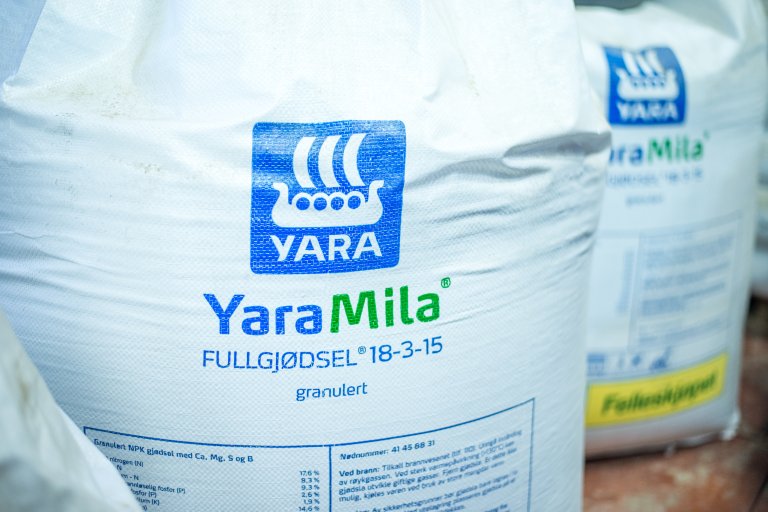
Less Need for Fertilizer
The researchers have also looked at measures with moderate liming, fertilizer planning with the use of split fertilization, precision fertilization and use of crop rotations.
"If more clover is used in meadows, it can reduce the need for added mineral fertilizer and thus nitrous oxide emissions," says Erin Byers.
She points out that if ten percent of today's area of fully cultivated meadow is changed to 20-40 percent clover mixed with the grass, it will have an effect of 13,000 tons of CO2 equivalents per year. She also highlights increased cultivation of legume crops as there is potential to increase the area of these.
"When cultivating legume crops, no fertilizer is given in the cultivation year, and there is a pre-crop effect that can reduce the nitrogen requirement the following year," continues Byers.
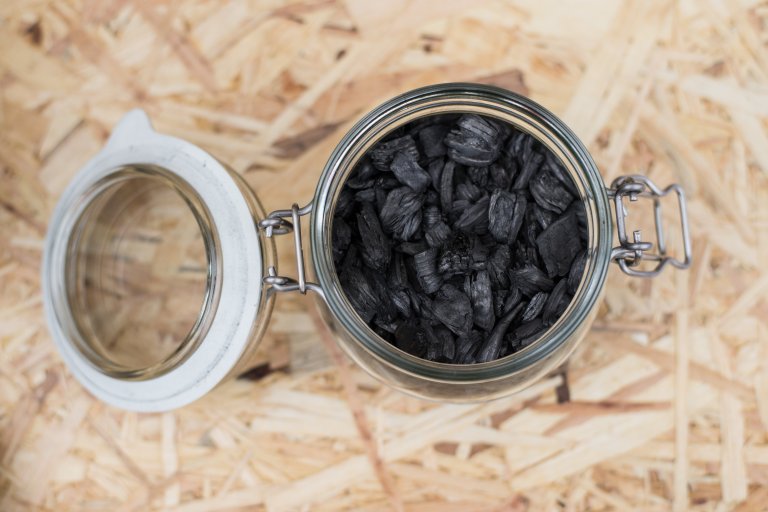
Increased Carbon Storage in Soil
Carbon stores in soil can be increased either by increasing or changing plant growth or by returning carbon-rich material to the soil. NIBIO researcher Alice Budai has investigated the carbon measures.
"Use of catch crops can help increase the carbon content in the soil. In addition, these can reduce nitrogen runoff, protect against erosion and against phosphorus loss. We know too little about the effects under Norwegian conditions, but research is currently being conducted on this,” says Budai.
“Use of biochar is also an exciting measure. Biochar can be made from a variety of organic materials, which when treated at high temperature and without access to air (pyrolysis), produce stable carbon compounds. This can help pull carbon out of the cycle for a long time."
"The use of biochar is a measure where the effect on carbon storage is well documented, but it is currently produced and used very little in Norway. No effect of biochar on grain yield has been found in Norway, but research is underway to develop fertilizer products where the coal can be used," concludes Budai.
She summarizes by saying that it is very important that climate measures are assessed in conjunction with effects on climate adaptation, climate risk and food security.
Contacts

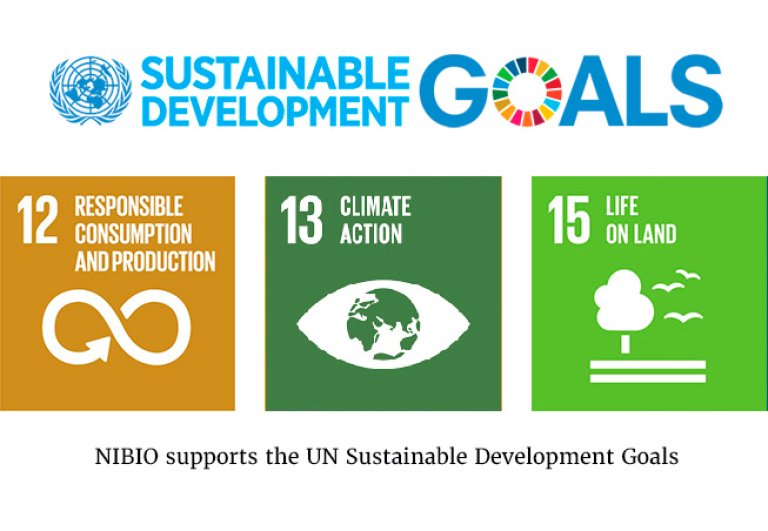
Links
Klimatiltak i planteproduksjon. Delrapport 1 i prosjektet; Kunnskapsgrunnlag for utslippsreduksjoner i jordbruket- sett i sammenheng med tilpasning, klimarisiko og matsikkerhet. Klimatiltak i husdyrproduksjon Delrapport 2 fra prosjektet: Kunnskapsgrunnlag for utslipps-reduksjoner i jordbruket - sett i sammenheng med tilpasning, klimarisiko og matsikkerhet Klimatiltak og matsikkerhet – synergi eller mistilpasning - Delrapport 3The Agriculture Climate Plan
In 2020, the Agriculture Climate Plan was prepared by a united agriculture, and this shows how through eight focus areas the goal of cutting greenhouse gas emissions and increasing the absorption of carbon in soil in the period 2021 - 2030 can be achieved. The Agriculture Climate Plan was revised in 2024. The knowledge base for climate measures in agriculture has now been updated, and three reports have been prepared. The reports have been used in the work to revise the Agriculture Climate Plan in 2024.
- Climate measures in plant production. Interim report 1 from the project: Knowledge base for emission reductions in agriculture - seen in connection with adaptation, climate risk and food security.
- Climate measures in livestock production. Interim report 2 from the project: Knowledge base for emission reductions in agriculture - seen in connection with adaptation, climate risk and food security.
- Climate measures and food security - synergy or maladjustment. Interim report 3 from the project: Knowledge base for emission reductions in agriculture - seen in connection with adaptation, climate risk and food security.
Contacts


